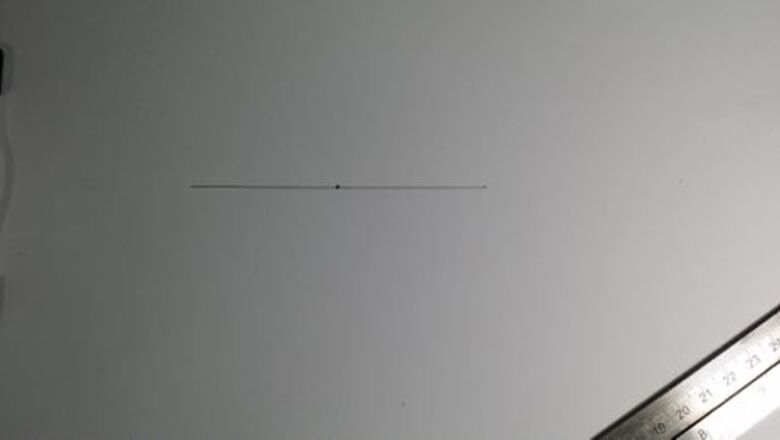
views
Decide what length the major axis will be. The major axis is the longest diameter of an ellipse.
Draw one horizontal line of major axis length.
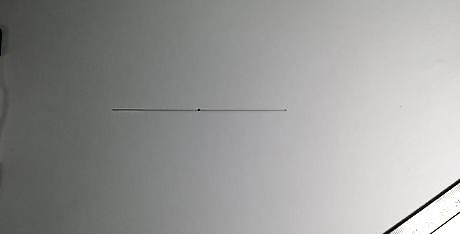
Mark the mid-point with a ruler. This is done by taking the length of the major axis and dividing it by two.
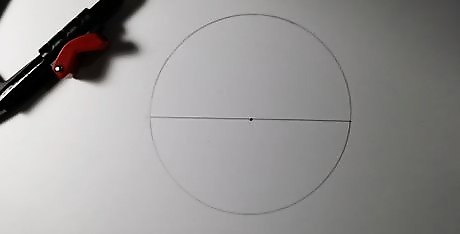
Create a circle of this diameter with a compass. This is started by taking the compass and setting the spike on the midpoint, then extending the pencil to either end of the major axis.
Decide what length the minor axis will be. The minor axis is the shortest diameter of an ellipse.

Draw another line bisecting the major axis (which will be the minor axis) using a protractor at 90 degrees. Here, you take the protractor and set its origin on the mid-point of the major axis. Mark the point at 90 degrees. Then swing the protractor 180 degrees and mark that point. Now you can draw the minor axis at its midpoint between or within the two marks.
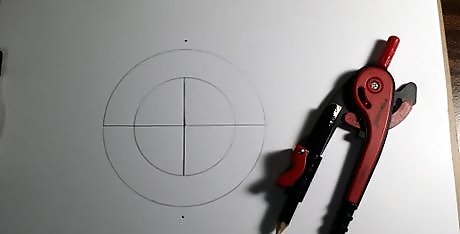
Create a circle of this diameter with a compass. Do it the same way the previous circle was made.
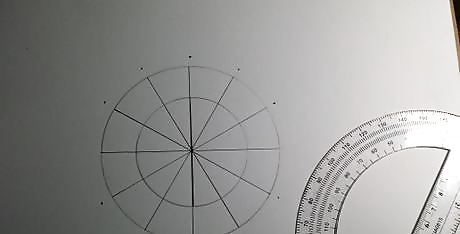
Divide the entire circle into twelve 30 degree parts using a compass. This is done by setting your protractor on the major axis on the origin and marking the 30 degree intervals with dots. Then you can connect the dots through the center with lines.
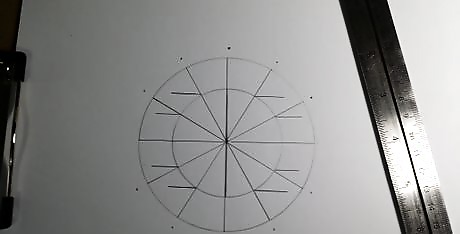
Draw horizontal lines from the inner circle (except on major and minor axis). These will be parallel to the major axis, and go outward from all the points where the inner circle and 30 degree lines intersect. Try to draw the lines near the minor axis a little shorter, but draw them a little longer as you move toward the major axis.
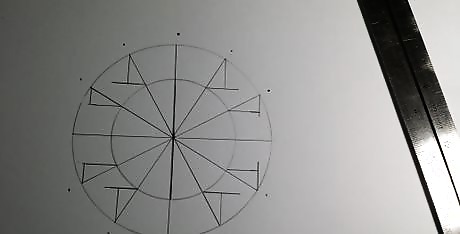
Draw vertical lines from the outer circle (except on major and minor axis). These will be parallel to the minor axis, and go inward from all the points where the outer circle and 30 degree lines intersect. Try to draw the lines near the minor axis a little longer, but draw them a little shorter as you move toward the major axis. If you detect a horizontal line will be too short you can take a ruler and extend it a little before drawing the vertical line.
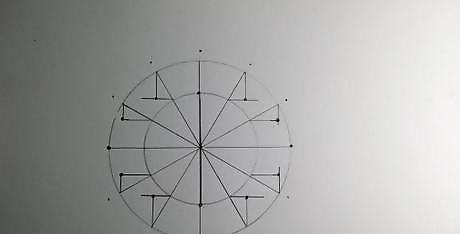
Darken all intersecting points including the two ends on the major (horizontal) and minor (vertical) axis.
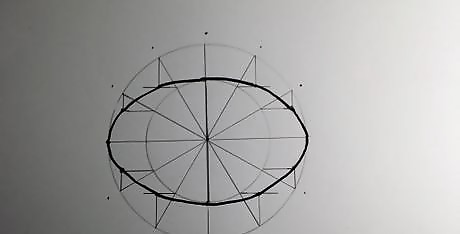
Join the points using free-hand drawing or a French curve tool (more accurate). With free hand drawing, you do your best to draw the curves by hand between the points.










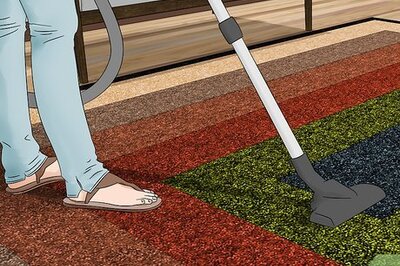








Comments
0 comment